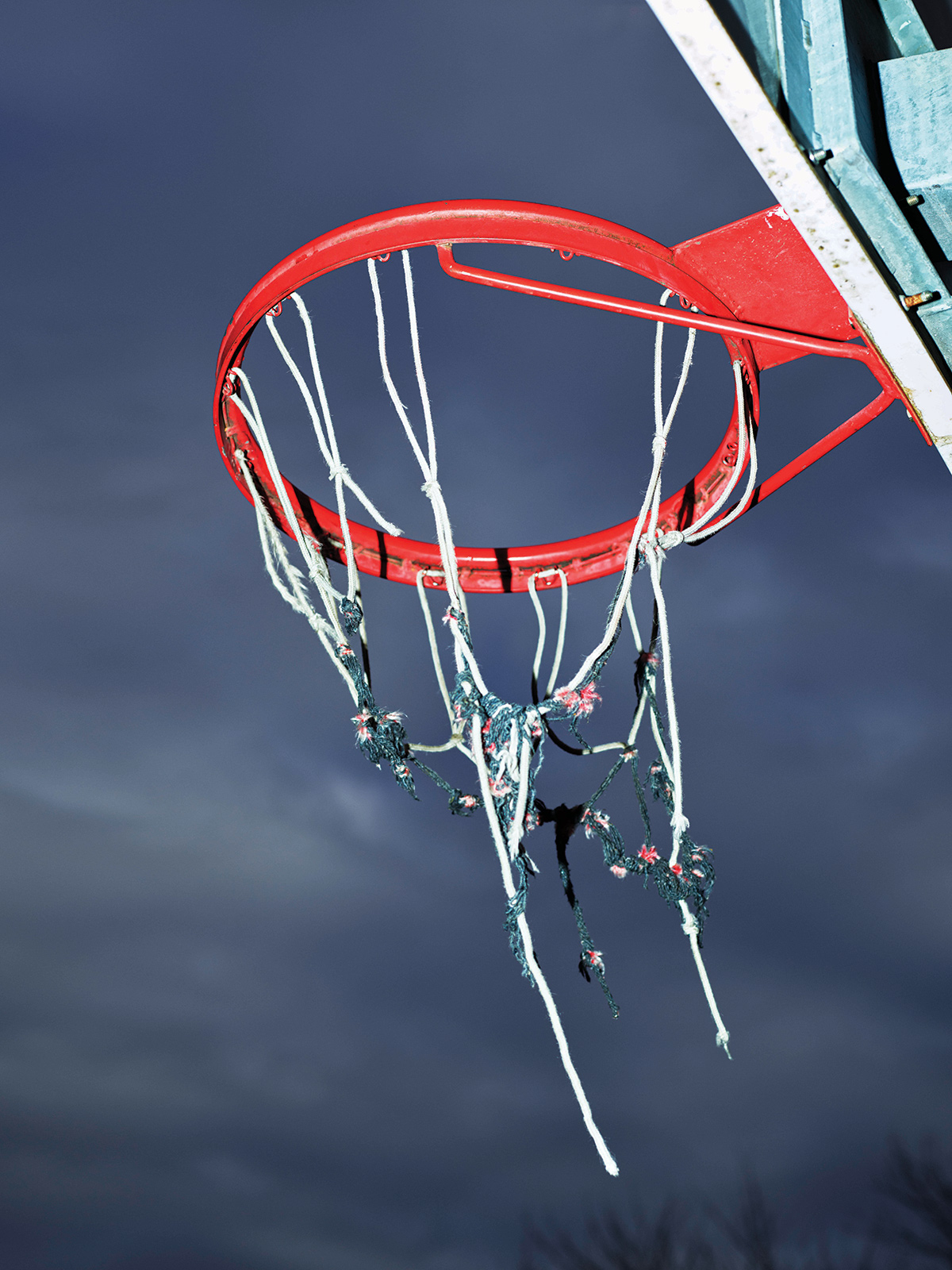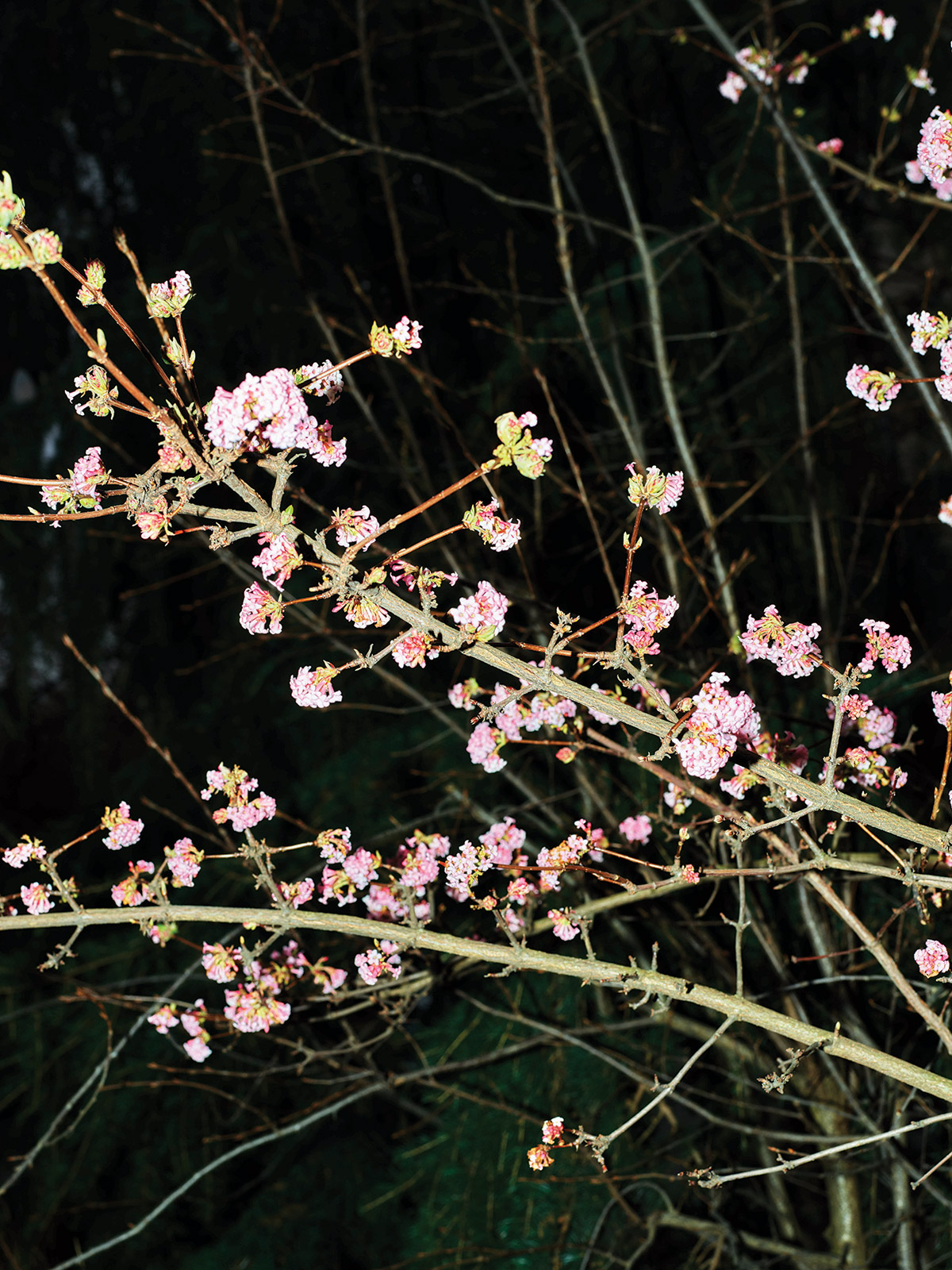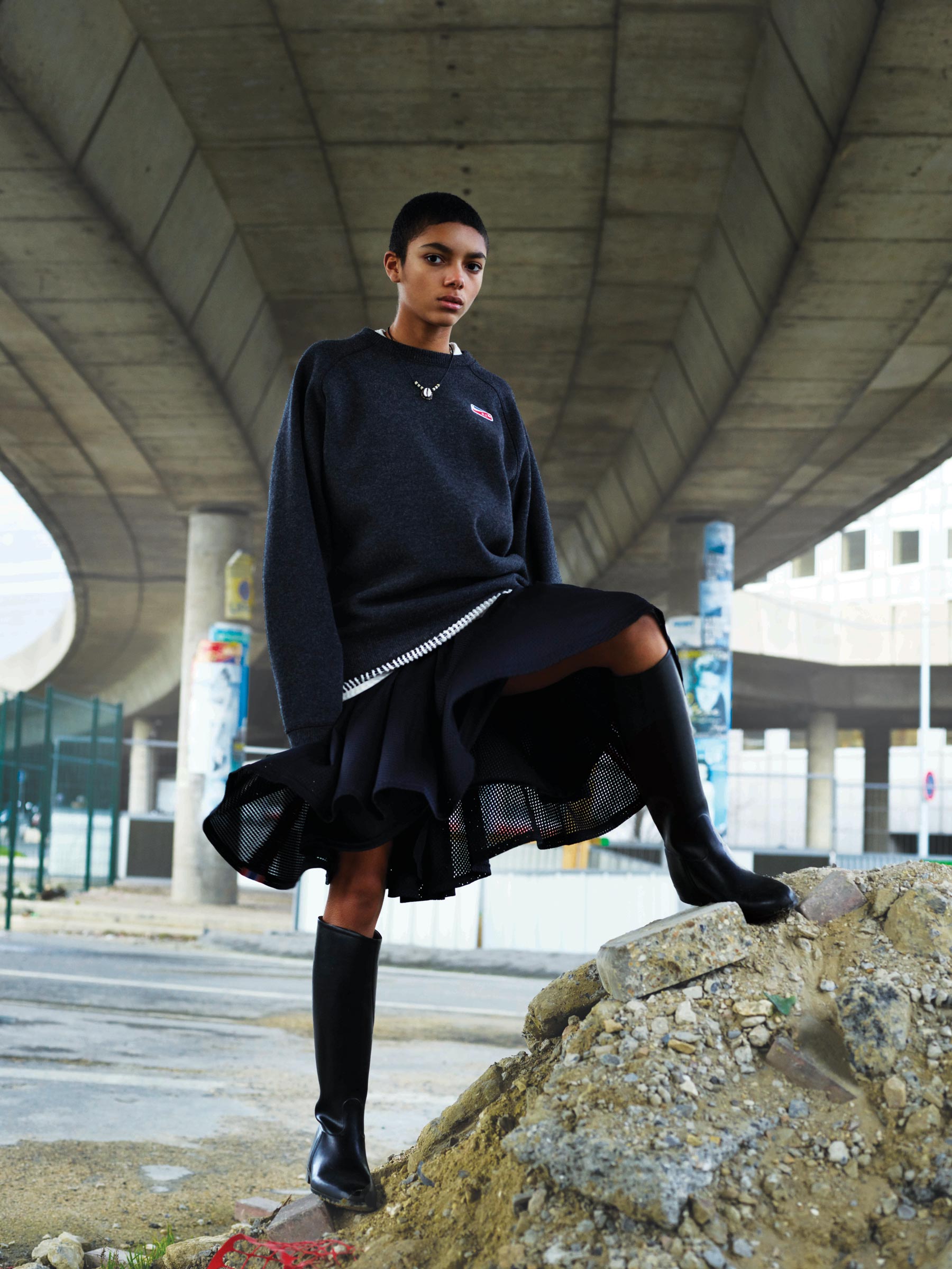The acclaimed photographer sits down with art editor Drew Sawyer to discuss his latest work for Nike and Document Books
To encounter the work of photographer Pieter Hugo is to encounter the bold. Casting his eye to Paris’ Boulevard Périphérique, the restrained autoroute that circumnavigates the French capital, this inspired collaboration between Hugo and designer Riccardo Tisci serves as an exploration of urban life beyond the boundaries of a city’s industry and infrastructure. They are documents of a Paris in flux, a city pushing beyond the constraints of heritage. Speaking with curator Drew Sawyer, Hugo elaborates on his desire to engage and on style as a signifier of identity.
Drew Sawyer—You are particularly known for your photographs of people on streets or situated in haunting landscapes. What draws you to the human subject and how do you see them related to their environments?
Pieter Hugo—It’s borne out of a simple curiosity; out of a desire to look. To look actively and to be engaged. With my environmental portraits, I am very much interested in the dialogue between the subject and the space around it. How the two shape and inform each other.
Drew—You’re able to capture moments of vulnerability with complete strangers. I’m curious how you build trust with your subjects. What’s your secret?
Pieter—Look them in the eye! A smile, a wink. But honestly, I don’t know. Sometimes, I don’t. If anything I try to cultivate an intensity. I want to look but I want the gaze requited. I want the subject to look back with requited agency and vulnerability at me and the viewer.
Drew—Today, we often associate images of people in streets with fashion photography—even though this tradition goes back to someone like August Sander, who was documenting German social classes in their own environments in the early twentieth century. Obviously, style has always been such an important signifier of self, as well as class and culture. Do you think about this tradition in photography?
Pieter—August Sander was a major inspiration for me. Even though his work is typological, obsessively typological one might say, each image is completely individuated. Each image can stand on its own. To achieve such a body of work as he did is genius. I think he was acutely aware of style and its relationship with the subjects as a signifier of self worth and identity. There was a show in 2008 at the Tate curated by Ute Eskildsen called Street & Studio which addressed this dynamic. Some of the categories of the show are very telling: Fear of the Other, Peeping and Posing, Portraits of Pride, etc. I guess I’m interested in a space between document and art.
Drew—Youth culture is also a recurring subject.
Pieter—Youth culture holds promise—It has a genuine earnestness. I guess I’m a bit like Adam trying to get back into the Garden of Eden!
“Voyeurism, the desire to look, gives the medium its energy. We all have such complicated relationships with the act of looking.” —Pieter Hugo
Drew—Speaking of youth culture, you graduated high school the same year the first democratic elections took place in South Africa. Do you think this has influenced your work?
Pieter—Oh, absolutely! I think that being part of a landscape but not really belonging to it greatly informs my practice. I grew up in a very constrained and repressive, culturally desolate place. There are huge cultural ironies and contradictions here and it manifests itself visually. When I grew up everything I saw was mediated and I had a desire to see for myself, to draw my own conclusions. There was a huge shift after the elections in 1994. There was huge optimism. Unfortunately this optimism has since dissipated. I’ve seen my country’s history rewritten and I think this makes me feel slightly cynical about any historical paradigm put forward. I guess so much of what I do in my personal work is about finding and situating myself in a historical context—both colloquially and globally.
Drew—In a way, your work tries to challenge how we see specific people and places. Do you have a similar approach to your commissioned projects?
Pieter—That’s a tough one! Strangely there has been a difficult and fraught relationship between my personal and commissioned work. Occasionally they will overlap. More and more so, in fact. When I started out as a photographer in my early 20’s I almost exclusively did commissions. At some stage I felt constrained by it—as if all I was doing was illustrating other people’s ideas, as if I became a propaganda agent. I felt like I needed time to develop my own voice. Working in a more art based context liberated me from limitations of commissioned work. So for a long time I avoided doing commissions and focused on making work that situates itself in galleries and museums. A few years ago I felt sure and strong enough in my own convictions to start doing the odd commission again. Fashion is relatively new to me though. In many ways there has always been an element of it in my personal work—a theatricality and pageantry. There is such a different energy between my own work and when I work in fashion. With personal work I generally work alone. I am constantly doubting the value and veracity of my images. Fashion is the opposite. You are working in a team. It is collaborative.
Drew—You often use medium and large format cameras, which require subjects to be more actively involved in the picture making process. This might be more typical in genres like fashion photography but less so in the documentary or street genre. What do you see as the relationship between your subjects, yourself, and the viewer?
Pieter—I think the photographic medium is inherently voyeuristic. Voyeurism, the desire to look, gives the medium its energy. We all have such complicated relationships with the act of looking. You’ll find elements of desire, repulsion, curiosity, etc., in there. Making images is so easy it’s almost a joke. But finding a voice in the morass of images is extremely difficult. The relationship between myself and my subjects is complicated. The chemistry between myself and each subject is so varied that it is really hard to generalize. In the beginning of my career I wanted childlike affirmation from the viewer! Now I’m more interested in the debate my images create.
Victory of Youth will be released in a hardbound limited edition, as well as alongside Document No. 12 this spring.























